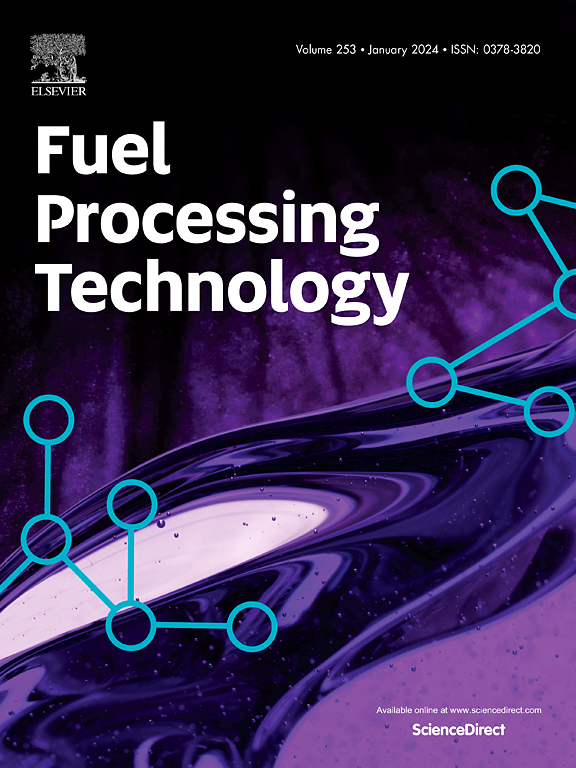Impact of fuel and lubricant oil on particulate emissions in direct injection spark ignition engines: A comparative study of methane and hydrogen
IF 7.2
2区 工程技术
Q1 CHEMISTRY, APPLIED
引用次数: 0
Abstract
Internal combustion engines play a critical role in the global transportation system and the use of alternative fuels, such as methane and hydrogen, offers a promising way for ensuring their sustainability in the future. The best way to exploit the gaseous fuels properties is through the direct injection that allows to enhance the efficiency and to prevent backfire issues. On the other hand, this injection strategy causes a high interaction of the lubricant oil in the combustion process and hence high level of particle emissions despite the low/zero carbon content in the fuels. An experimental study was conducted on a spark-ignition engine powered by directly injected methane. This study involved both physical and chemical characterization of emissions, with the aim of providing an in-depth analysis of the hazardous pollutants emitted. Additionally, it sought to identify their origins, whether from the fuel or lubricating oil. Experimental results show that a higher concentration of particles is produced at higher engine speed. In this condition, which has a more significant environmental impact, a comparison between methane and hydrogen-fueled engine operating under similar conditions was performed, revealing that hydrogen engine produces more particles with a smaller size.
燃料和润滑油对直接喷射火花点火发动机微粒排放的影响:甲烷和氢气的比较研究
内燃机在全球运输系统中发挥着至关重要的作用,而甲烷和氢气等替代燃料的使用为确保内燃机在未来的可持续发展提供了前景广阔的途径。利用气体燃料特性的最佳方法是直接喷射,这样可以提高效率并防止回火问题。另一方面,尽管燃料中的碳含量很低或为零,但这种喷射策略会导致润滑油在燃烧过程中产生较高的相互作用,从而产生较高的颗粒排放。我们对使用直接喷射甲烷的火花点火发动机进行了实验研究。这项研究涉及排放物的物理和化学特征,目的是对排放的有害污染物进行深入分析。此外,研究还试图确定这些污染物的来源,是来自燃料还是润滑油。实验结果表明,发动机转速越高,产生的颗粒浓度越高。在这种对环境影响更大的条件下,对在类似条件下运行的甲烷发动机和氢燃料发动机进行了比较,结果表明氢发动机产生的颗粒更多,尺寸更小。
本文章由计算机程序翻译,如有差异,请以英文原文为准。
求助全文
约1分钟内获得全文
求助全文
来源期刊

Fuel Processing Technology
工程技术-工程:化工
CiteScore
13.20
自引率
9.30%
发文量
398
审稿时长
26 days
期刊介绍:
Fuel Processing Technology (FPT) deals with the scientific and technological aspects of converting fossil and renewable resources to clean fuels, value-added chemicals, fuel-related advanced carbon materials and by-products. In addition to the traditional non-nuclear fossil fuels, biomass and wastes, papers on the integration of renewables such as solar and wind energy and energy storage into the fuel processing processes, as well as papers on the production and conversion of non-carbon-containing fuels such as hydrogen and ammonia, are also welcome. While chemical conversion is emphasized, papers on advanced physical conversion processes are also considered for publication in FPT. Papers on the fundamental aspects of fuel structure and properties will also be considered.
 求助内容:
求助内容: 应助结果提醒方式:
应助结果提醒方式:


